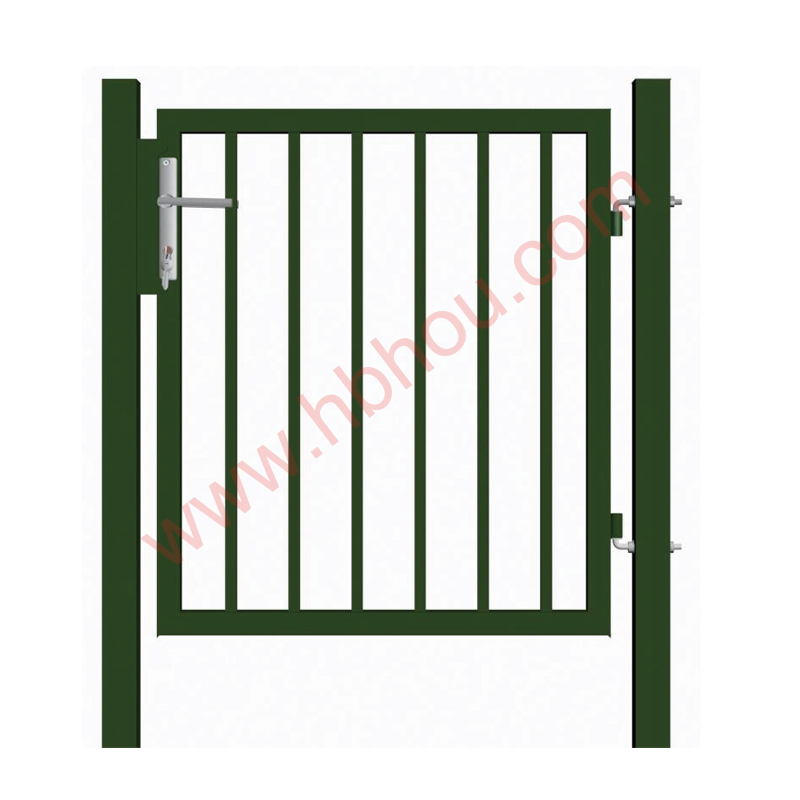The Beauty and Functionality of Gabion Garden Retaining Walls
In the realm of landscaping and outdoor design, the use of gabion walls has gained significant popularity. Gabion retaining walls, composed of wire mesh filled with rocks, stones, or other materials, offer both structural integrity and aesthetic appeal. Their unique design and functionality make them an excellent choice for gardeners and homeowners looking to enhance their outdoor spaces while addressing potential erosion and drainage issues.
Understanding Gabion Walls
A gabion wall is essentially a large, wire basket filled with durable materials. The word gabion is derived from the Italian word gabbione, meaning large cage. These walls have been used for centuries, originating in military engineering to create fortifications. In contemporary landscaping, their application has shifted to environmental management, particularly in gardening contexts.
The primary function of a gabion retaining wall is to prevent soil erosion, particularly on sloped properties. As water runs down a hill, it can wash away topsoil, compromising plant life and leading to costly repairs. By using gabion walls, homeowners can effectively stabilize their land while creating distinct layers for planting.
Aesthetics and Customization
Aside from their strength and stability, gabion walls also provide a unique visual element to a garden. The natural stones used in the walls can complement the environment, creating a rustic or sophisticated appearance, depending on the choice of materials. One can select from various sizes, colors, and types of rocks, allowing for a high degree of customization that can enhance the overall aesthetic of the garden.
Moreover, gabion walls can be designed to fit various styles. Whether you prefer a modern look with sleek stones or a more traditional appearance with rough, uneven boulders, gabion walls can accommodate. They can even be planted with vegetation, such as succulents or creeping plants, to create a green wall that further softens the hardscape.
gabion garden retaining wall

Versatility and Practical Applications
Gabion retaining walls are highly versatile, serving various functions beyond erosion control. For example, they can create terraces in hilly landscaping, making it easier to manage garden beds and providing additional planting areas. They can also serve as seating areas or decorative features, such as fire pits or planters, adding functionality to your outdoor space.
In addition to their aesthetic versatility, gabion walls are environmentally friendly. They allow for proper drainage, reducing runoff and promoting water infiltration into the soil. This characteristic is particularly important in areas prone to heavy rainfall, where traditional retaining walls might lead to flooding or pooling.
Installation and Maintenance
Installing a gabion retaining wall can be a DIY project for those with some gardening and construction experience, though hiring a professional is recommended for larger projects. The process generally involves digging a trench, laying the foundation, assembling the wire mesh boxes, and filling them with stones. The materials used should be chosen not just for appearance but also for durability and local availability.
Maintenance of gabion walls is relatively low, requiring occasional checks for integrity and filling materials. Over time, some stones may settle or shift, but this can often be easily remedied by adding more stones as needed. Unlike traditional wooden retaining walls, which may rot or degrade over time, gabion walls can last for decades, making them a smart investment for any garden.
Conclusion
Gabion garden retaining walls combine practicality with style, offering a solution for erosion control, landscape design, and environmental sustainability. Their versatility in appearance and function allows gardeners and homeowners to create unique outdoor spaces that reflect their personal style. Whether utilized for stabilization, seating, or decorative purposes, gabion walls undoubtedly add beauty and functionality to any garden. With their enduring materials and creative potential, they are well-suited for today's eco-conscious and aesthetically aware homeowners.
















